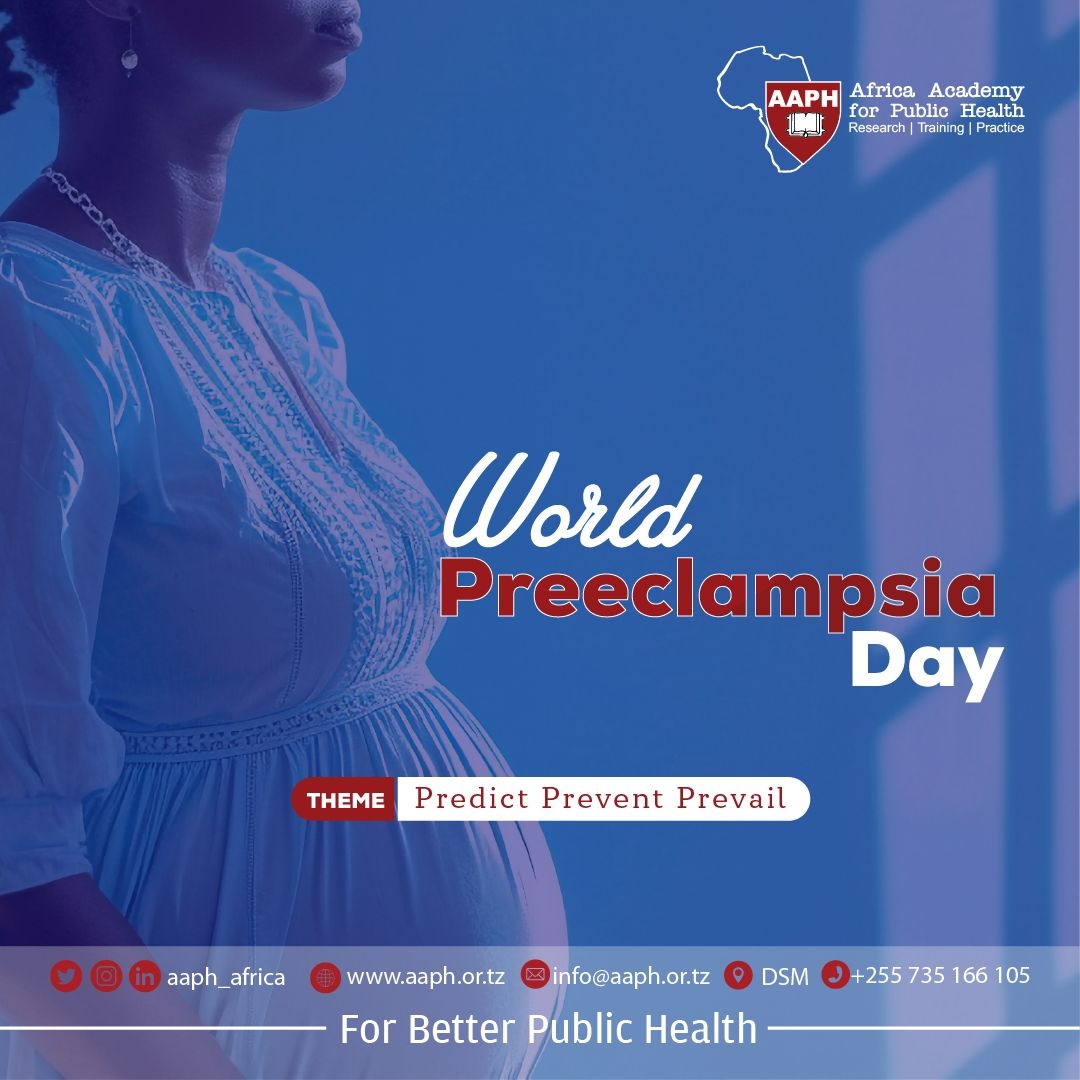
Today, 22nd May, marks World Preeclampsia Day, an important occasion to raise awareness about a serious condition that affects pregnant women worldwide. The theme for this year is "Predict, Prevent, Prevail," highlighting the crucial steps we can take to combat this condition.
Preeclampsia is a serious condition that can occur during pregnancy, leading to high blood pressure and potential organ damage, often affecting the liver and kidneys. It usually appears after the 20th week of pregnancy and poses significant risks to both the mother and the baby, including preterm birth, restricted fetal growth, and even death in severe cases. Globally, preeclampsia affects up to 15% of pregnancies with a higher incidence in low- and middle-income countries (LMICs) where approximately 16% of all maternal deaths are attributable to pre-eclampsia. This makes preeclampsia a leading cause of illness and death among pregnant women and their babies.
To reduce the risk of preeclampsia, doctors often recommend that high-risk women take low-dose aspirin starting from the late first trimester. Additionally, the World Health Organization (WHO) recommends pregnant women in settings with low dietary calcium intakes to take calcium supplements (1500-2000 mg/day). Calcium supplements can lower the risk of preeclampsia by more than half and reduce preterm births by about a quarter. These measures, along with regular check-ups during pregnancy, are crucial in preventing and managing preeclampsia and its associated complications.
However, implementing these preventive measures has been challenging, especially in LMICs. The high cost of calcium supplements and the complexity of the recommended dosing schedule (requiring women to take calcium supplements three times per day and separate from iron-folic supplements) often prevent them from being implemented as part of standard prenatal care. Moreover, many women in LMICs face difficulties in attending clinics regularly and accessing healthcare services, making it harder to follow through and benefit from these interventions.
AAPH and collaborators recently conducted a study aiming at addressing these implementation barriers. This study conducted in Tanzania and India explored whether a low dose of calcium supplementation (500 mg/day) could be just as effective as the WHO-recommended high dose (1,500 mg/day) in preventing preeclampsia and preterm births. We also looked at how acceptable and easy it was for women to adhere to the currently recommended dosage. The results, published in the New England Journal of Medicine, showed that low-dose calcium supplementation (500 mg/day) was as effective as high-dose calcium supplementation. Furthermore, although high-dose calcium supplementation was acceptable to pregnant women, taking three calcium supplement doses per day posed challenges to pregnant women. These findings suggest that a single low-dose calcium supplementation (500 mg/day) could be a more practical and affordable option for many women in LMICs.
A cost-effectiveness analysis was also conducted to determine the economic benefits of the low dose. Early findings suggest that it could be a viable and cost-effective option for resource-limited settings, making it easier for LMICs to adopt and implement this important intervention.
1. Mayo Press Clinic: https://www.mayoclinic.org/diseases-conditions/preeclampsia/symptoms-cau...
2. Preeclampsia: https://www.ncbi.nlm.nih.gov/pmc/articles/PMC9962022/#:~:text=Before%2C%....
3. International Journal of Gynaecology & Obstetrics: https://obgyn.onlinelibrary.wiley.com/doi/10.1002/ijgo.14913?af=R
4. World Health Organization: https://www.who.int/tools/elena/interventions/calcium-pregnancy
5. National Library of Medicine: https://www.ncbi.nlm.nih.gov/pmc/articles/PMC10921922/#:~:text=The%20Wor....
